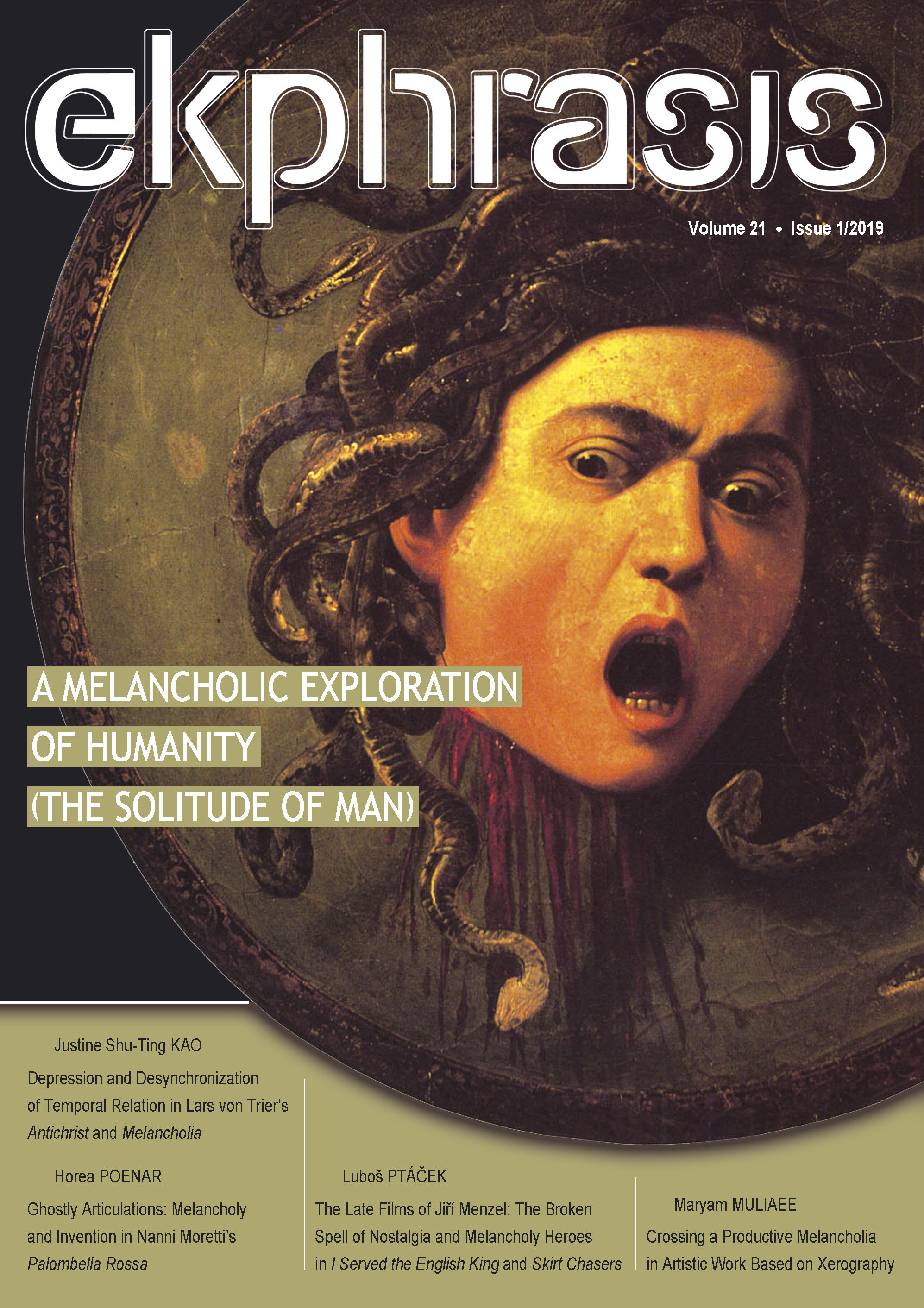Crossing a Productive Melancholia in Artistic Work Based on Xerography
Crossing a Productive Melancholia in Artistic Work Based on Xerography
Author(s): Maryam MuliaeeSubject(s): Fine Arts / Performing Arts, Visual Arts
Published by: Universitatea Babeş-Bolyai, Facultatea de Teatru si Televiziune
Keywords: productive melancholia; xerography; copy art; haptic image; synthetic ruin; ruined image; degeneration;
Summary/Abstract: This paper suggests that xerography or copy art – also called “generative systems” – may incite melancholia. The theoretical framework for this analysis includes Svetlana Boym’s concept of “broken-tech arts” (2001) and her conceptualization of ruins (2010), as well as Laura Marks’ model of “haptic visuality” (2002). With the proliferation of copy machines, including Xerox, in the US in the 1960s, artists began producing new work through inventive use and creative manipulation of copiers. Copy machines allowed distinct effects, such as stretching and degeneration, and specifically resulted in the generation of haptic images: synthetic ruins that can trigger melancholia in an aesthetic experience. I posit that melancholia has the potential to inspire one to contemplate the ruined image and explore new meanings. Xerography work by Stevlana Boym, Sonia Sheridan, and Timm Ulrichs will be analyzed as relevant examples. This review contributes to melancholia studies by linking the field of xerography to the concept and experience of melancholia.
Journal: Ekphrasis. Images, Cinema, Theory, Media
- Issue Year: 21/2019
- Issue No: 1
- Page Range: 82-92
- Page Count: 10
- Language: English

